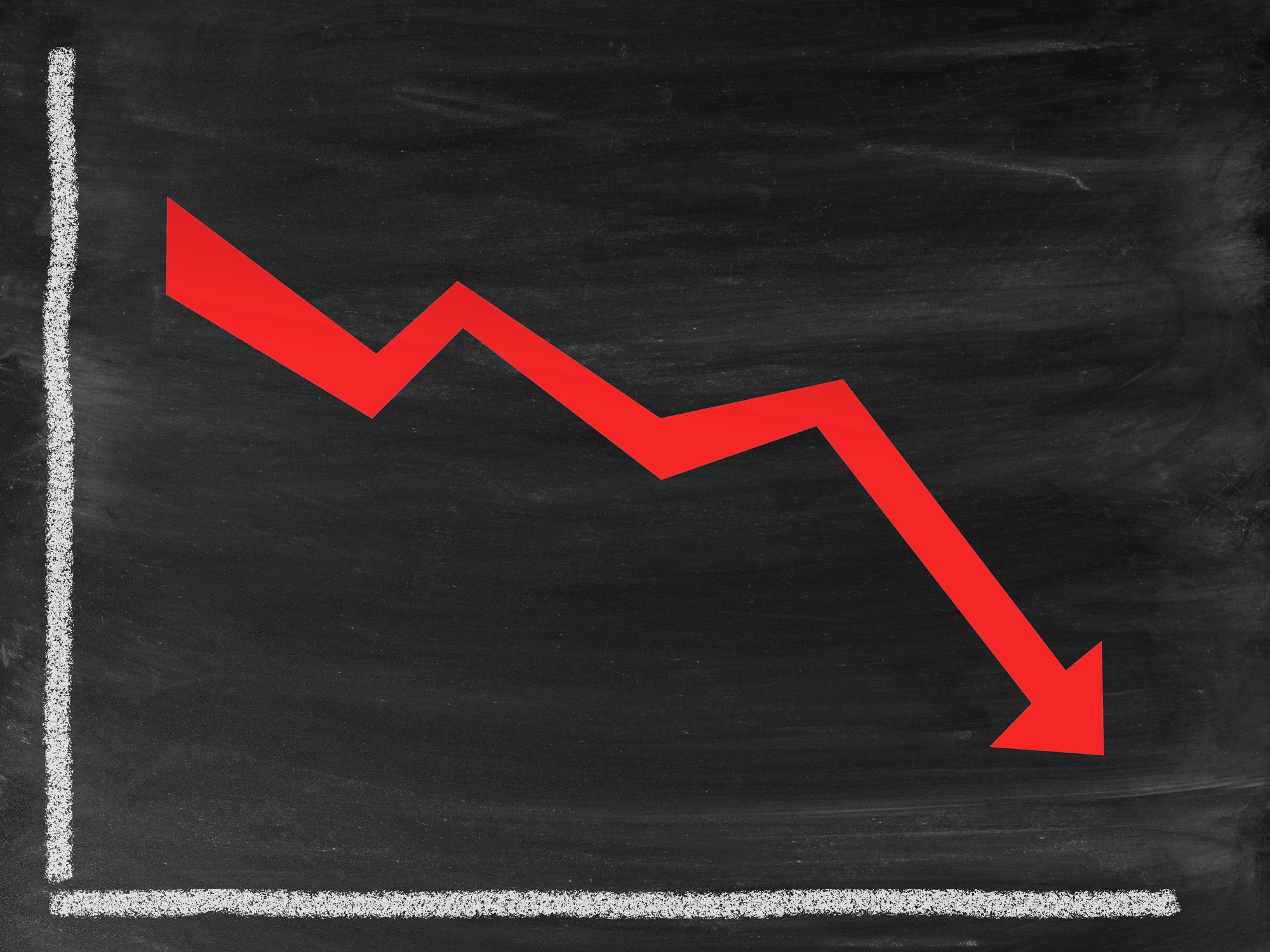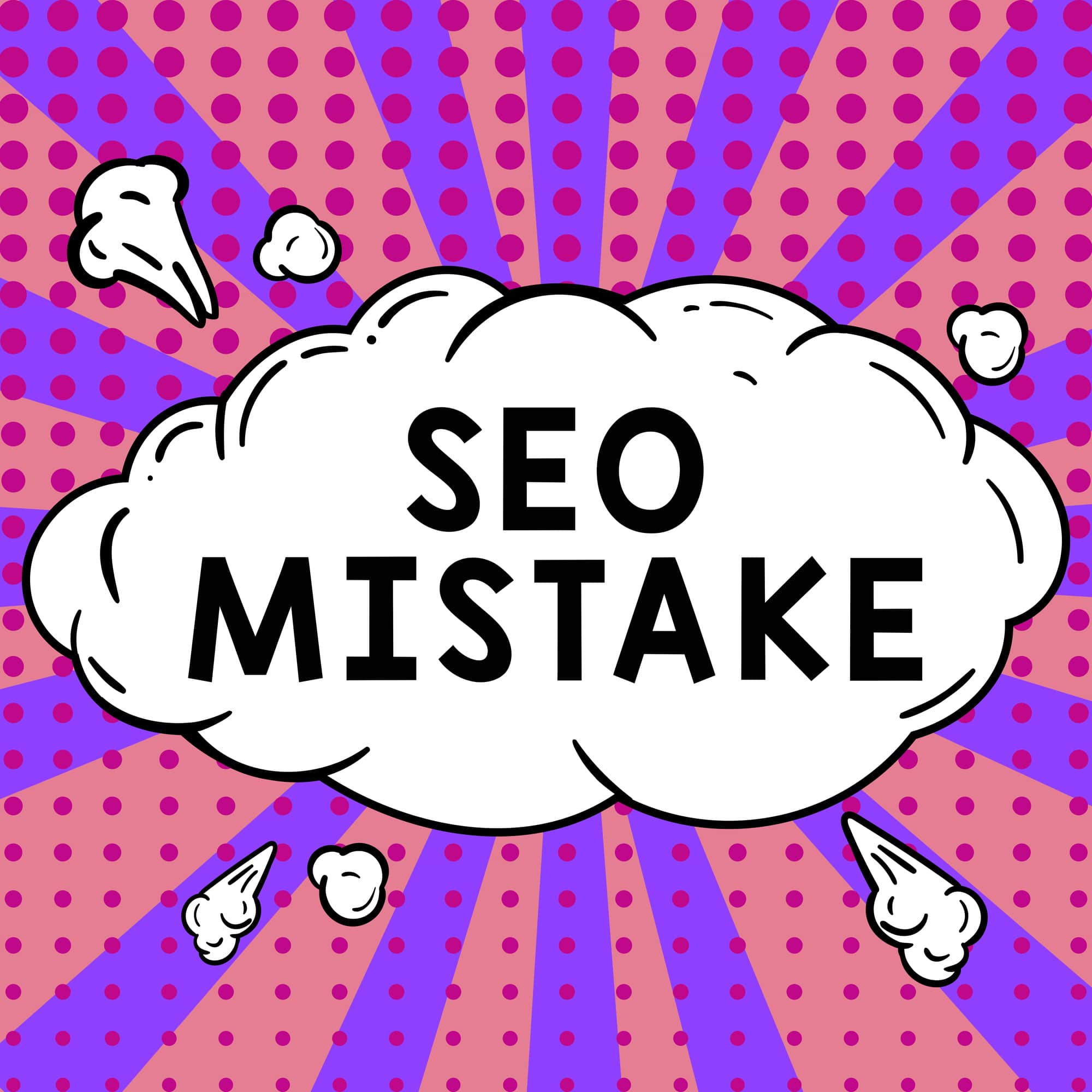 If you experience a sudden drop in organic traffic, don’t resort to panic right away. It can be a distressing situation, sure, but understanding the cause(s) and taking prompt action can help you recover quickly. Here’s a step-by-step guide on what to do next.
If you experience a sudden drop in organic traffic, don’t resort to panic right away. It can be a distressing situation, sure, but understanding the cause(s) and taking prompt action can help you recover quickly. Here’s a step-by-step guide on what to do next.
Possible Causes of a Sudden Drop in Organic Traffic
Before diving into the steps to remedy the situation, it’s essential to understand what might have caused the drop. Some common causes include:
- Data-tracking issues: A misconfiguration in your analytics or tag manager can lead to inaccurate reporting of traffic data. This is probably your best-case scenario. Ensure that your Google Analytics and/or Google Tag Manager are set up correctly and functioning as expected. This includes verifying that the tracking code is present on all pages and that there are no errors in the implementation. Sometimes, changes in tracking settings, filters, or tags can result in missing or misleading data, giving the impression of a drop in traffic when the actual traffic levels might be unchanged.
- Algorithm updates: Google frequently updates its algorithms, which can impact your rankings. These updates can target various aspects such as content quality, backlinks, or page speed.
- Manual actions: Penalties imposed by Google due to violations of their guidelines can severely affect your rankings.
- Technical issues: Problems like broken links, slow site speed, or server issues can prevent search engines from crawling your site effectively, leading to an organic traffic drop.
- Content changes: Significant alterations to your website’s content or structure can impact your rankings too. For example, if you remove or update high-traffic pages, it might lead to a decrease in total organic visits.
Step 1: Analyze the Data
The first step is to dive into your data to pinpoint the issue. Use tools like Google Analytics and Google Search Console to gather insights. Start by comparing traffic data from before and after the drop. Look for patterns or anomalies that might indicate what went wrong.
Identify the Specific Pages That Have Seen a Drop in Traffic
Look at which pages have experienced the drop. Is it site-wide, or are only specific pages affected? This can help you narrow down the potential causes. For example, if only your blog pages are affected, the issue might be related to content quality or relevance. Analyzing the affected pages can provide clues about the nature of the problem, and then you can go from there.
Does the Drop Affect All Traffic Sources?
Determine if the decline is specific to organic traffic or if it impacts all traffic sources. If it’s across the board, the issue might not be SEO-related but rather a broader site problem. This differentiation can help you focus your investigation.
Step 2: Check for Recent Algorithm Updates
Google’s algorithm updates can significantly affect your rankings. Stay informed about recent updates by following reputable SEO news sites and forums. Compare your traffic trends with the dates of these updates to see if there’s a correlation. Major updates like the Google Core Update can affect large segments of your site, and understanding the focus of the update (e.g., content quality, user experience) can guide your response strategy.
Step 3: Assess Your Keyword Rankings
Use SEO tools like Ahrefs, SEMrush, or Moz to check if your keyword rankings have dropped. Identify which keywords have been affected and assess the competition for those keywords. Who is ranking at the top of page one now? What makes their content or brand different from yours? Understanding the context of these changes can help you adapt your content strategy, whether it involves optimizing existing content or adding new keywords.
Step 4: Review Potential Manual Actions Taken by Search Engines
Log into Google Search Console and check for any manual actions against your site. These penalties can result from violating Google’s guidelines, such as engaging in black-hat SEO practices. If you find any, follow the recommended steps to resolve them. This might involve removing spammy backlinks, improving content quality, or addressing other flagged issues.
Step 5: Check for Indexing Issues
Ensure that all your important pages are properly indexed. Use the URL Inspection tool in Google Search Console to check the indexing status of your pages. Look for crawl errors and resolve any issues that might be preventing your pages from appearing in search results. Sometimes, pages can be unintentionally set to “noindex,” or there might be server errors blocking Googlebot from crawling your site effectively.
Step 6: Audit Your Site for Additional Technical Issues
Conduct a thorough technical audit of your site. Common technical issues that can affect organic traffic include:
- Slow page speed
- Broken links
- Mobile-friendliness
- Expired SSL Certificate
Step 7: Seek Assistance from an SEO Expert
If you’ve exhausted the above steps and still can’t identify the issue, it might be time to consult an SEO expert. An experienced professional can perform a comprehensive audit and provide tailored recommendations to help recover your organic traffic.
Contact periscopeUP to help diagnose the problem. We can also help you with your SEO strategy moving forward. Reach out to us at (443) 475-0787 or send an email to info@periscopeup.com.







